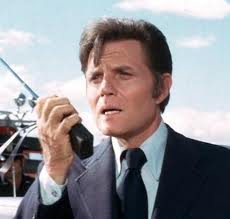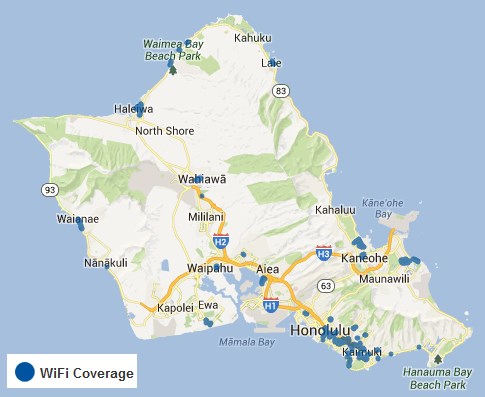 Spending money to earn more money is a fiscally sound principle of doing business, but short term investors often decry increased spending as harmful to the value of a company’s stock and dividend payout. That is why Hawaiian Telcom (HawTel) earns mixed reviews from Wall Street about the company’s aggressive infrastructure improvement project, a fiber to the neighborhood network that intends to bring television, phone, and faster broadband service to an increasing number of Hawaiians.
Spending money to earn more money is a fiscally sound principle of doing business, but short term investors often decry increased spending as harmful to the value of a company’s stock and dividend payout. That is why Hawaiian Telcom (HawTel) earns mixed reviews from Wall Street about the company’s aggressive infrastructure improvement project, a fiber to the neighborhood network that intends to bring television, phone, and faster broadband service to an increasing number of Hawaiians.
HawTel’s stock price has bounced up, down, up, and then down again as investors digest the company’s ongoing effort to reinvent itself as a 21st century telecom company.

The Old HawTel
HawTel’s fiber buildout began on the island of Oahu in 2011, eventually passing 27,400 homes on the island. At the end of 2011, 1,600 (6%) of those homes signed up for the service. That’s an acceptable number, especially for a service barely promoted. HawTel does not mention the television service on its primary website, and approaches potential customers one-on-one with in-person and targeted mail marketing.
At the end of the second quarter or 2012, HawTel TV had 6,400 subscribers. The company hopes to have an additional 50,000 homes enabled for its TV service by the end of 2012, with the goal of enabling 240,000 households across Hawaii over the next five years. HawTel hopes to eventually capture 30% of the Hawaiian market.
HawTel’s principal competitor is Oceanic Time Warner Cable, which provides traditional cable service across the Hawaiian Islands. HawTel had been at a substantial disadvantage competing with Time Warner’s television package and faster broadband service. But the fiber upgrades are allowing at least some customers to purchase speeds up to 50/10Mbps, slightly faster than what the cable operator offers.

Time Warner has taken note of the phone company’s re-emergence as a strong competitor, targeting Oahu with special promotional offers that lock customers in place with triple play discounts designed to make it inconvenient to switch providers.

The New HawTel
Unfortunately for HawTel, fiber upgrades do not come cheap, and the company’s earnings have taken a hit.
Capital expenditures totaled $41.2 million for the six-months ended June 30, 2012, up from $35.4 million for the six-month period a year ago due primarily to investments in broadband network infrastructure and expansion of video enabled households.
Hawaiian Telcom reported an 18 percent decline in second quarter earnings, which it blamed primarily on broadband network expansion.
The company also announced it lost another 6% of traditional landline customers during the second quarter, but that was offset by expansion in its broadband and television service. For HawTel, the solution to ending landline losses is to upgrade their network to compete with the types of communications services consumers are interested in buying today.
But those plans can and do conflict with at least some stock traders who are interested primarily in short term financial results. Spending can cut into profits, so some analysts downgrade stocks of companies spending the most, even if only to compete more effectively down the road.
So far, HawTel executives have not been discouraged carrying their network expansion plans forward. In July, Hawaiian Telcom announced it would acquire Wavecom Solutions Corporation’s local exchange carrier business in a stock purchase transaction valued at $13 million.

Wavecom’s undersea fiber network
The acquisition would give Hawaiian Telcom access to Wavecom’s fiber optic network connecting the main Hawaiian islands. Wavecom, formerly known as Pacific Lightnet, Inc., serves more than 1,700 customers across Hawaii.
In an application with the Federal Communications Commission, HawTel officials said access to Wavecom’s 400-mile undersea telecommunications cable network will permit the company to expand and enhance its broadband and television services beyond Oahu to other Hawaiian islands, and help position the company to effectively compete with Time Warner.
[flv width=”640″ height=”380″]http://www.phillipdampier.com/video/Hawaiian Telcom TV Tour.flv[/flv]
Watch a HawTel-produced video tour of the company’s new TV service. (4 minutes)
 Oceanic Time Warner Cable is now providing free Wi-Fi access for Standard Internet (or above) broadband customers on the island of Oahu.
Oceanic Time Warner Cable is now providing free Wi-Fi access for Standard Internet (or above) broadband customers on the island of Oahu.


 Subscribe
Subscribe





